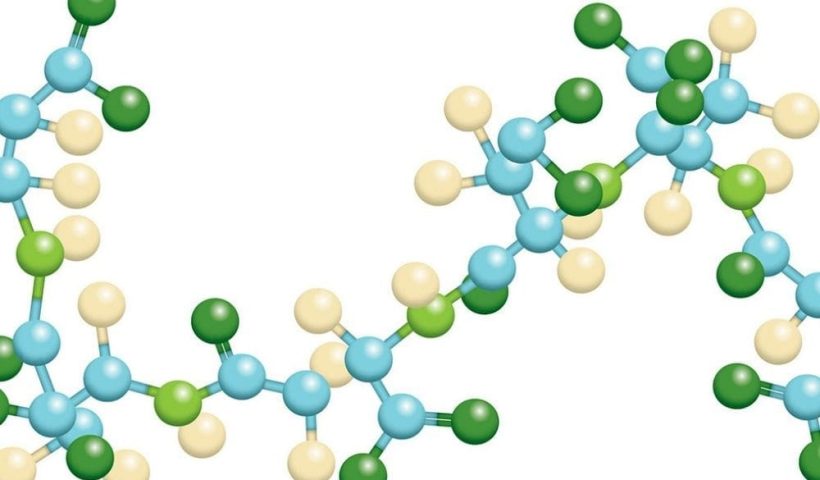
When chelating a mineral, the goal is to maximize the stability of the metal in the fertilizer solution and the spray tank while also maximizing its bio-availability and ability to move through the plant’s vascular system. When we chelate a mineral, we utilize specific amino acids paired in such a way as to maximize the stability of the mineral as well as its ability to move between a source in the turf and a sink (where there is a mineral deficiency). Most of the minerals move through the plant via peptides that chelate the minerals and keep them stable in the plant’s vascular system. In our case, using individual amino acids closely replicates this peptide chelation process. Since amino acids are xylem and phloem mobile, the plant can readily move our minerals through the vascular system.
While other plant-based chelation inputs exist (citric acid, malic acid, gluconic acid, etc.), amino acids are much more important from a metabolic perspective. They’re also more expensive for the plant to produce, so when we deliver amino acids to plants, we’re gifting them with a more metabolically-expensive gift.
Ultimately, we seek to supply specific nutrients and make the carrier and protector of those nutrients exceptionally valuable for the plant. Our amino acids in the products are almost more important to the performance of the turf than the minerals themselves–unless, of course, we’re dealing with an outright deficiency of a mineral in the soil and the plant.
Many of our competitors claim to use amino acids in their mineral formulations. Most of these mineral formulations, if not all, are simply admixtures through which mineral salts (sulfates, nitrates, etc.) are mixed with different amino acids. The amino acids don’t react, coordinate with, or chelate the minerals. The amino acid package is often an unfocused package of various amino acids, usually derived from soy protein. As a result, the minerals will not be protected as best as they could be, they will not move through the vascular system as efficiently, and the metabolic effect of the exogenously-applied amino acids will be greatly diminished.



